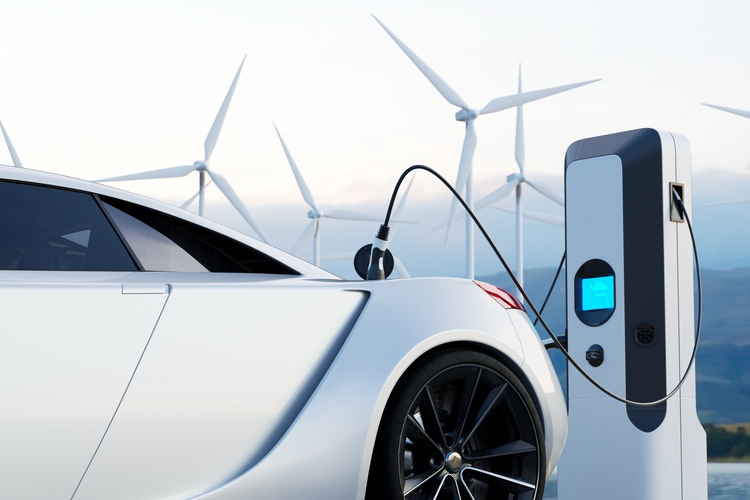
A new study reveals that thousands of invertebrate species are threatened by mining for clean energy minerals
By
It’s clear to most of us that, for the good of our planet, we have to make the transition away from fossil fuels to cleaner energy. In recent years, governments in many parts of the world have been making a concerted push towards the shift to cleaner energy. Electric vehicles have been touted for some years now as one solution to the very serious problem of vehicle emissions, while solar and wind power are the great hopes for cleaner electricity production.
In many respects, this is the correct approach. Studies have shown that in Europe, fully electric vehicles release, on average, three times less CO2 than an equivalent petrol car (this statistic takes into account the emissions produced by the production of electricity and resource extraction). This is clearly good news for our immediate environment and the quality of the air we breathe.
But, a new study reveals a hidden environmental and human cost to our shift to clean energy.
Key ingredients of the all-important batteries that power our electric and hybrid vehicles, and that are contained within solar panels and wind turbines (and also computer and telephone batteries) are cobalt and lithium. The study, which was published this week in the journal Current Biology, and is thought to be the most complete global assessment of the threat to biodiversity from mineral extraction ever undertaken, finds that diverse mining activity – including for the minerals powering the transition to green energy – often takes place within or close to some of the world’s most valuable biodiversity hotspots.
According to the study authors, 4,642 different species of vertebrate are threatened worldwide by mineral extraction, and, ironically, the biggest risk to species comes from mining the materials that are fundamental to our transition to clean energy, such as lithium and cobalt. However, the study also points out that the quarrying of limestone, which is required for cement as a construction material, is also putting many species at risk.
In addition, the study found that between 2000 and 2018, mine exploration or extraction caused 78 per cent of global protected areas to be downgraded, downsizing, or losing listing protection.
Across all vertebrate species, the study found that fish are at particularly high risk from mining (2,053 species), followed by reptiles, amphibians, birds and mammals. Species reliant on freshwater habitats, and species with small ranges are particularly at risk. It was also discovered that species listed by the IUCN as ‘vulnerable, endangered, or critically endangered’ are more threatened by mineral extraction than species of lesser concern. The study didn’t take into account the impact of mining on invertebrates or plants, but the authors believe that mining is also likely to be a substantial risk to these groups.
However, it’s not just wildlife that is threatened by our growing demand for minerals such as cobalt and lithium. People suffer too. Cobalt is only found in a few parts of the world in quantities that make mining it cost-efficient. An estimated 70 per cent of the planet’s cobalt is found in the southeast of the Democratic Republic of the Congo. Despite sitting on vast reserves of this valued mineral, the DR Congo is one of the poorest, least developed and most corrupt and troubled nations on Earth. In recent years a number of reports have been published that have outlined the human cost to the mining of minerals for the green transition. Most of these reports claim that corruption is allowing mining companies to disregard basic environmental laws and human rights.
In perhaps the most shocking and in-depth exposé of the clean energy mining industry, author and investigative journalist Siddharth Kara claims in his book, Cobalt Red, that the mining of cobalt in eastern Congo is essentially funding murder, rape, displacement, slavery, child labour and massive environmental destruction. And it’s all being done in the name of making the world the rest of us live in cleaner.
Related articles:




